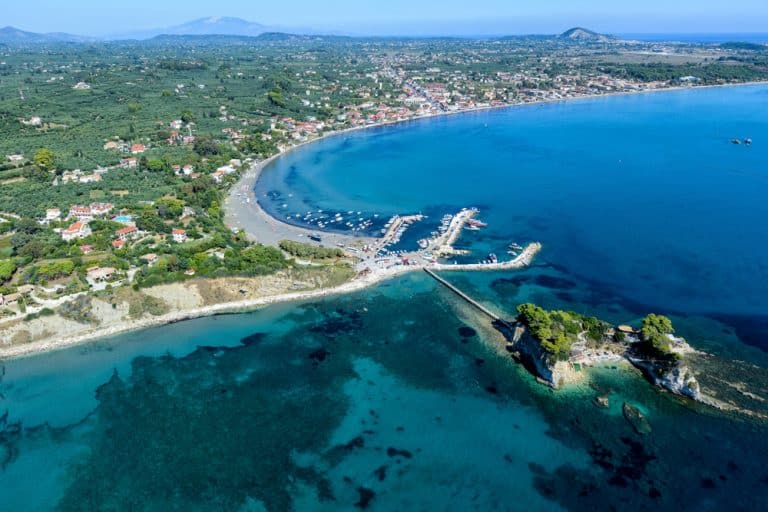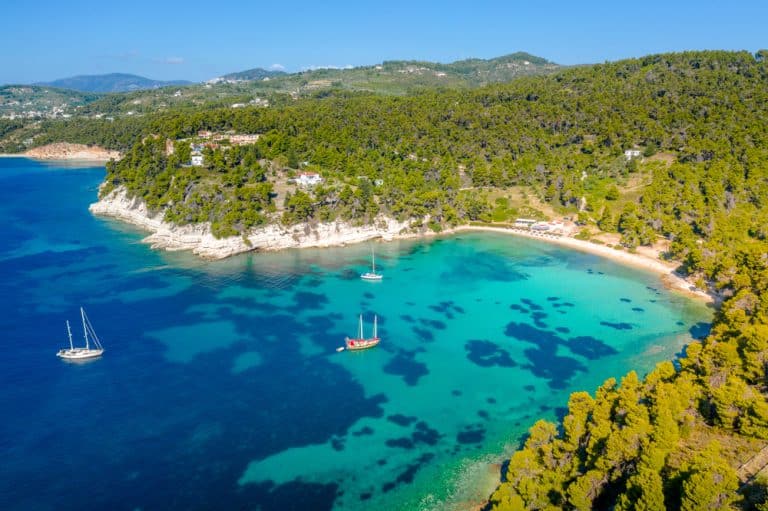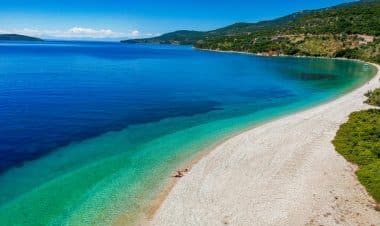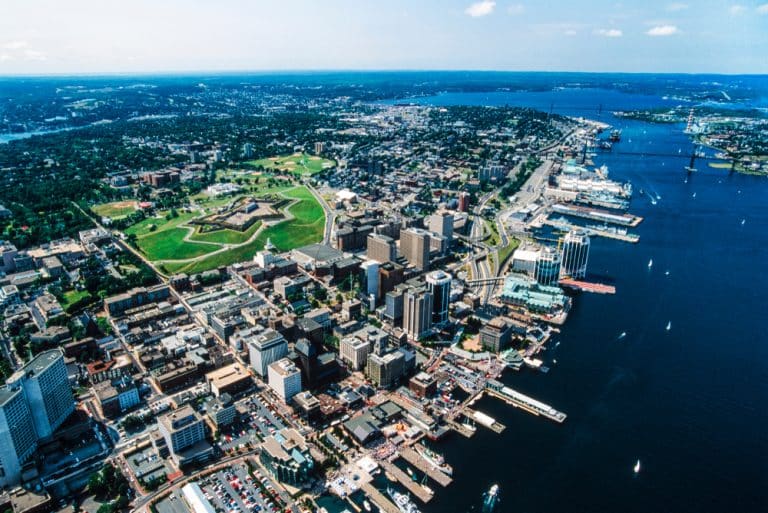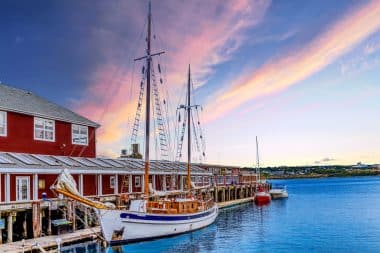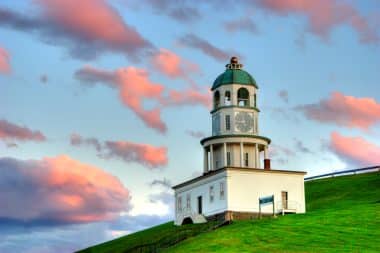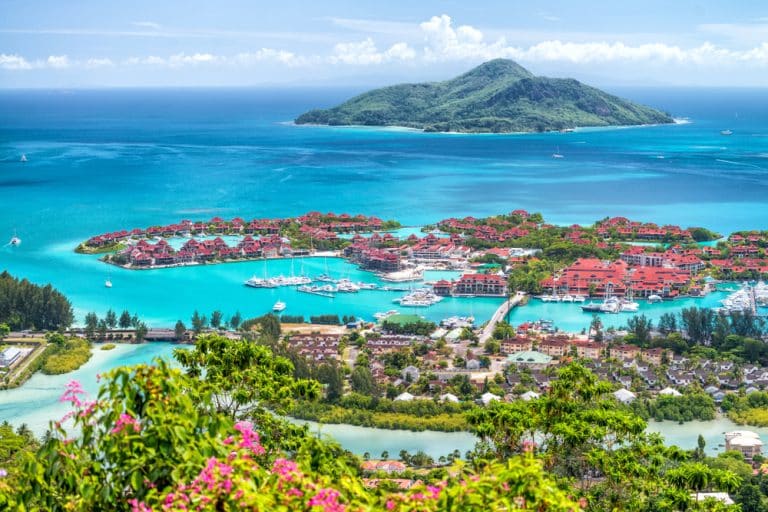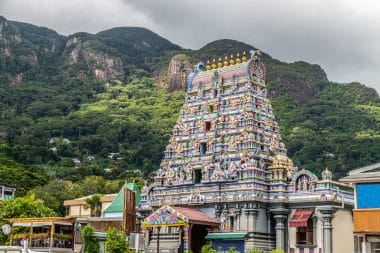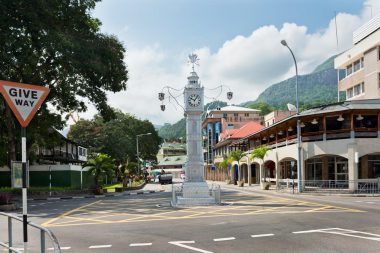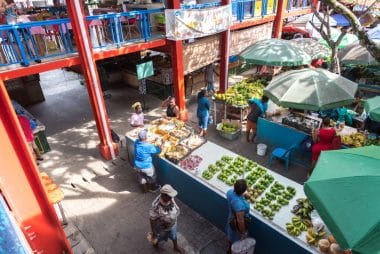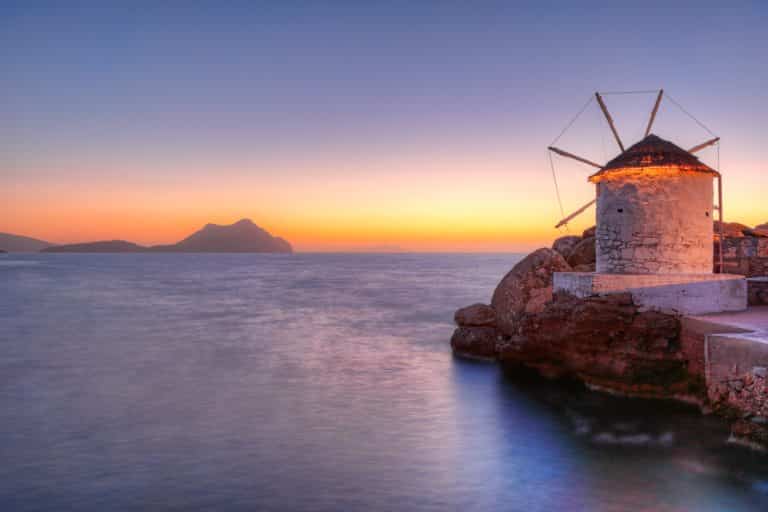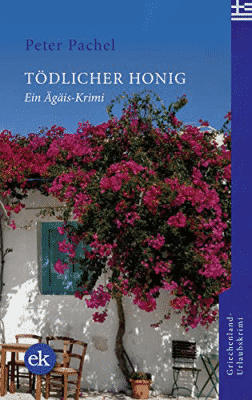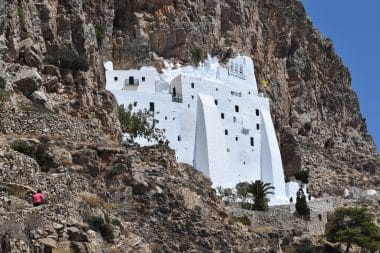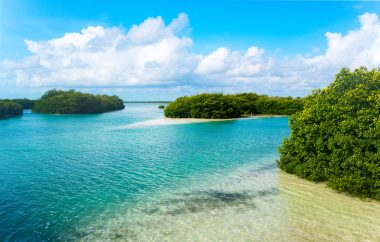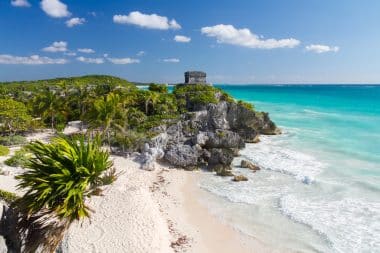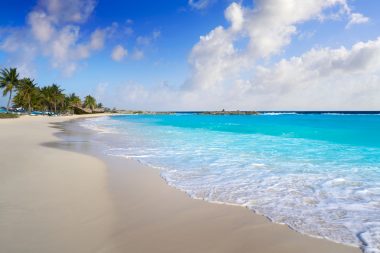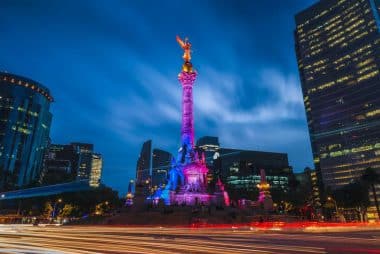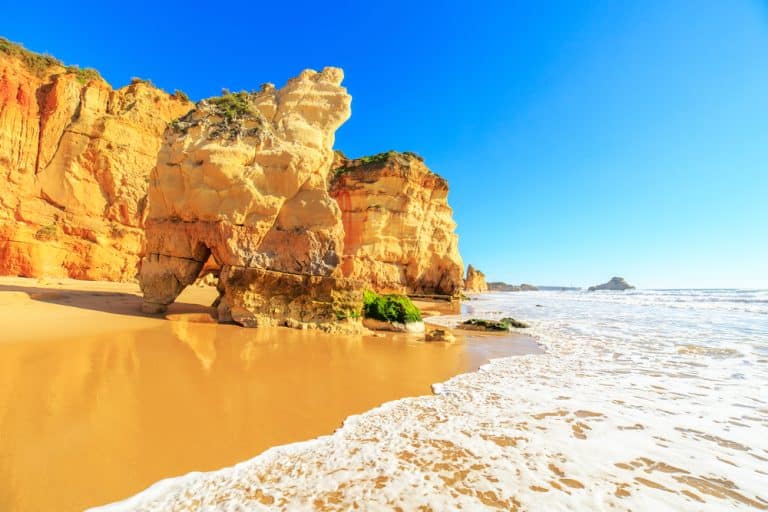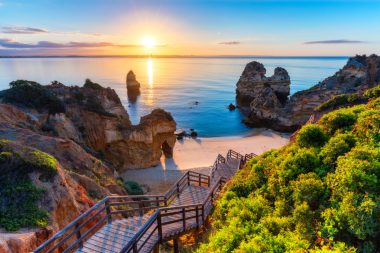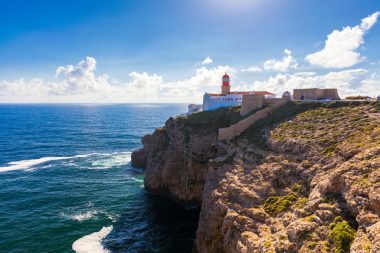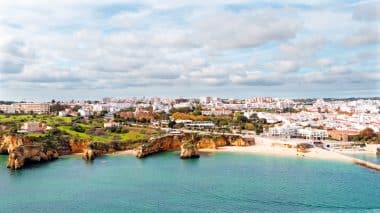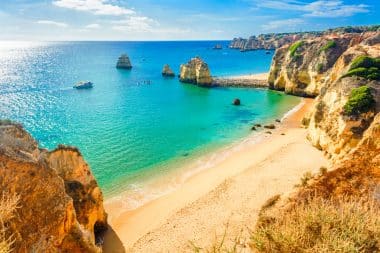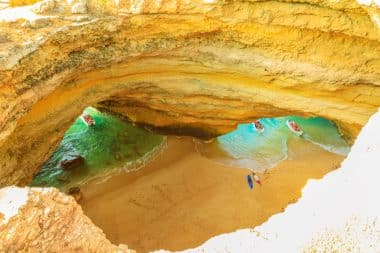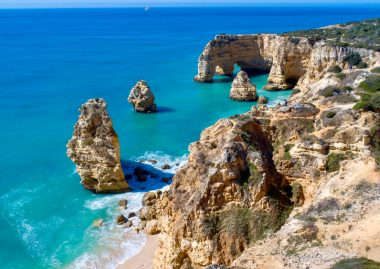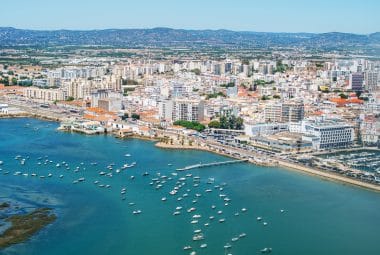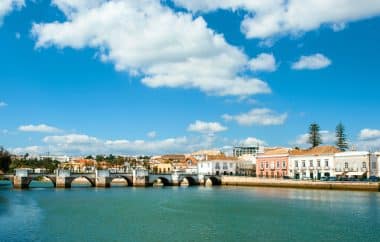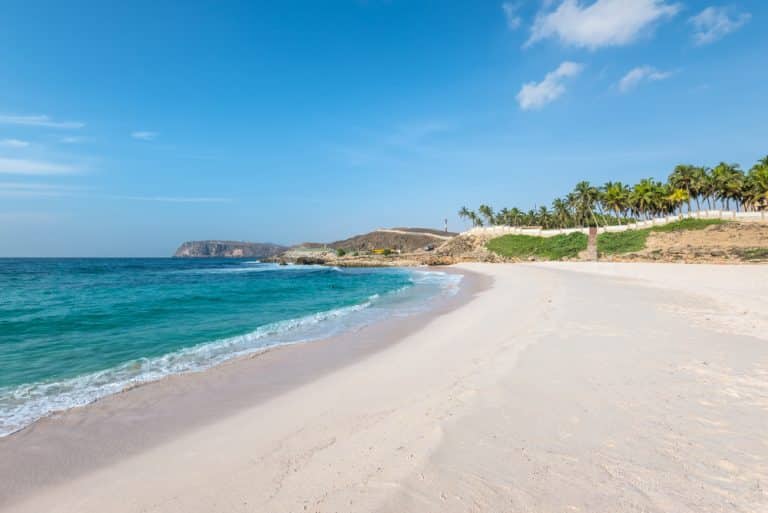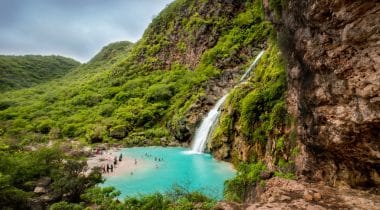The Ionian Islands are one of the most popular tourist destinations for holidaymakers in Greece. One of the most popular destinations on the island of Zakynthos is the large beach resort of Laganas in the southeast. The small town is considered the cultural and tourist center of the island. Especially in the summer months of July and August, numerous tourists from all over the world cavort here. As the largest town on the island, Laganas is particularly popular with young holidaymakers because of the lively nightlife. Throughout the region you will find numerous accommodations for all tastes and budgets. From large luxury hotels to holiday homes and holiday apartments to small hostels or campsites, everything is available.
Paradise for beach vacationers and water sports enthusiasts
The main attraction in the summer months is the sandy beach, which is several kilometers long, which is located about ten kilometers from the island’s capital Zakynthos Town. Beach vacationers and hobby water sports enthusiasts from all over the world get their money’s worth here. Since the shimmering blue water slopes gently on the wide beach with soft sand, it is also very popular with families with children. There are also numerous opportunities for water skiing and jet skiing, as well as stand-up paddle boarding, boating or other water sports.
There are also several diving schools and boat rental stations as well as several beach volleyball courts directly on the beach. Those seeking relaxation can of course rent deck chairs or parasols. The beach, which is extremely busy, especially in July and August, has been considered one of the most beautiful beaches in Greecefor several years. Thanks to good transport connections, the beach is very easy to reach – either on foot, but also by bus or car. In the immediate vicinity of the beach you can also rent bicycles, jeeps or quads to get around the island. And it’s definitely worth it. After all, there is a lot to see not only in Laganas, but all over the island.
Popular destinations: Turtle Island and Keri Caves
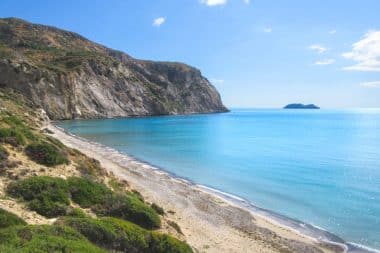
Even if you are looking for plants and animals, you will definitely find what you are looking for around Laganas. After all, part of the beach, together with the stunning bay of Laganas, belongs to the National Marine Park of Zakynthos. With an area of 13,500 hectares, it includes several large beaches. One of the most famous inhabitants of the bay of Laganas, the longest bay on the island, is the sea turtle Caretta-Caretta. This is mainly found on the small island of Marathonissi, the so-called Turtle Island. With a bit of luck, you can even see small and large seals in the marine park.
Other popular destinations are the caves of Keri and Marathia Beach. With its two high rock walls on the sides, it offers an impressive panorama. With an excursion boat, you can also take a trip to the “Blue Caves” at Cape Skinari in the north of the island. And if you are ever on the island of Zakynthos, you should definitely visit the ruins of the monastery of the Madonna Skopiotissa on Mount Skopòs and take a look at the eventful history of the island.
Lively nightlife in discotheques, pubs and markets
Especially among young people, Laganas is also famous for its lively nightlife. In the numerous nightclubs, bars, restaurants and discos, night is turned into day, especially in the summer months. In many discotheques, admission is even free. And the markets and souvenir shops are also always bustling with activity in the late evening hours. The “party mile” is mainly limited to a three-kilometre-long main road in the centre of Laganas. For many young people from Europe, Laganas come mainly to party at night. During the day they rest on the beach, recharge their batteries and in the evening they are fit again to celebrate. For many holidaymakers, the road is also considered the “Ballermann” of Greece”
Best time to visit Laganas: April to October
The best time to holiday in Laganas is during the spring and summer months from April to October. During this time, hot summer temperatures of up to 35 degrees Celsius and plenty of sunshine are guaranteed. Rain is not expected during this time. However, tens of thousands of tourists cavort in the region during this time – significantly more than the region has inhabitants. If you prefer to enjoy the beauty of the island in peace and quiet, you should visit Laganas in winter. During this time, however, only autumnal temperatures between ten and 15 degrees Celsius prevail.


